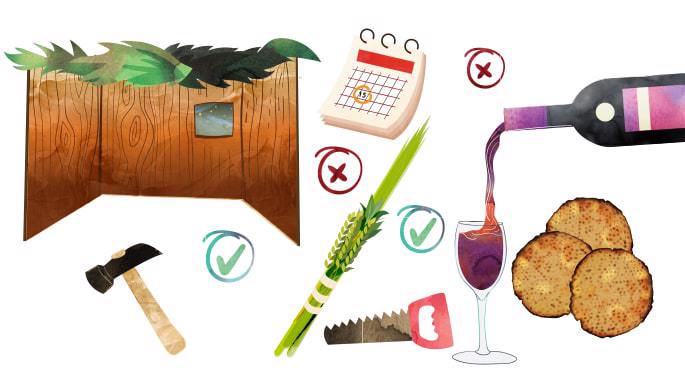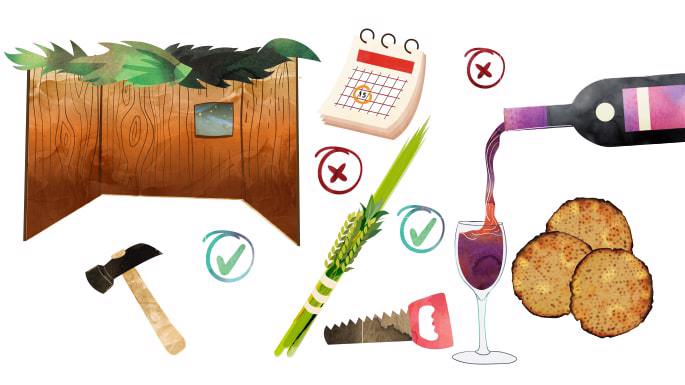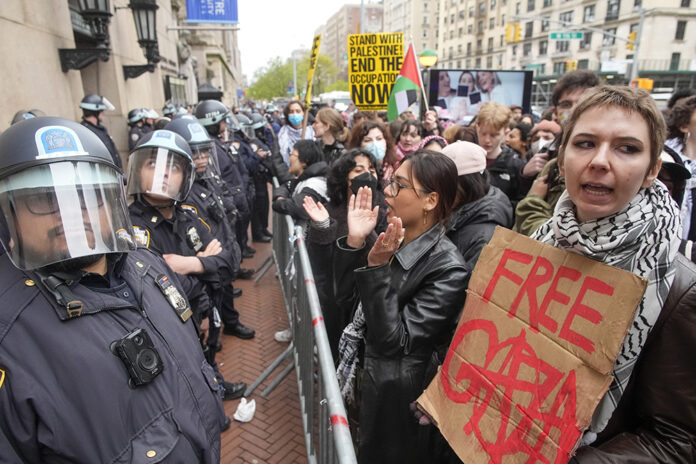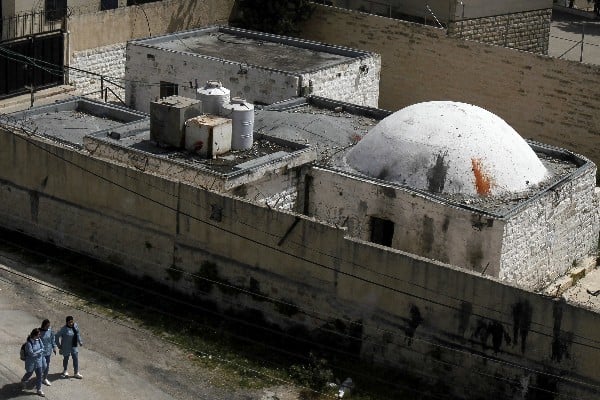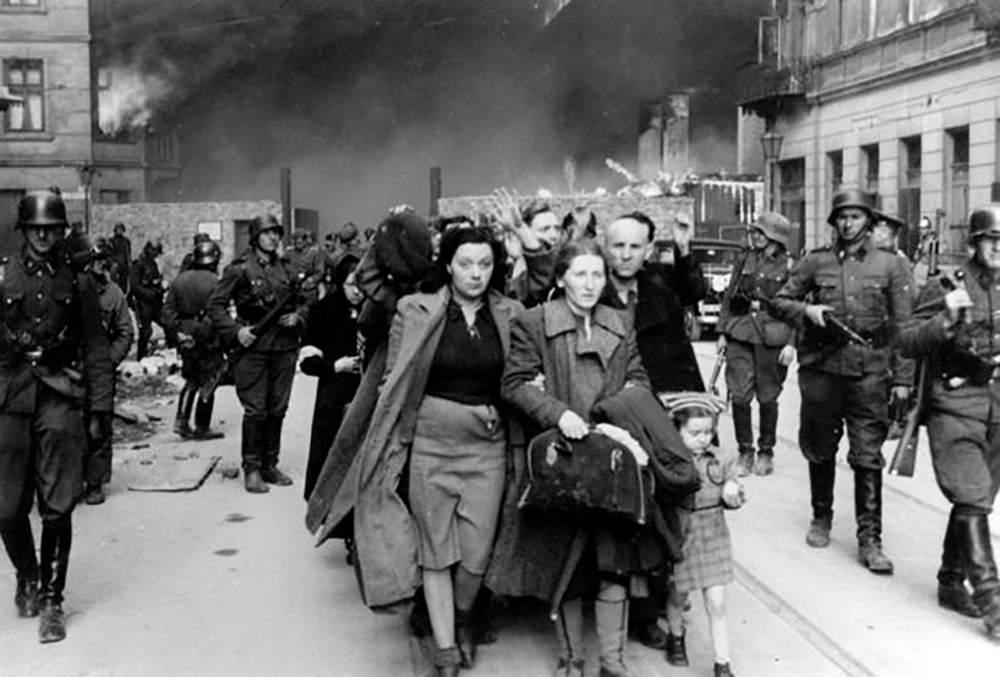Unlocking the Fitness Potential of Cycling: A Journey from Leisure to Health
Edited by: TJVNews.com
As spring unfolds its vibrant canvas, beckoning us outdoors with its gentle warmth and burgeoning beauty, there’s perhaps no better way to embrace the season’s splendor than atop a trusty bicycle. With the return of songbirds and the blossoming of daffodils, the allure of cycling becomes irresistible, as if your faithful 10-speed is whispering, “It’s time to ride.”
Yet, beyond the idyllic imagery of leisurely pedaling through sun-dappled lanes lies a profound truth: cycling offers far more than just a delightful way to spend a leisurely afternoon. According to a recently published report in the New York Times, It holds the key to enhancing your fitness prowess without subjecting your joints to undue strain, serving as a potent springboard to elevate your performance in higher-impact sports like running or tennis.
Seth Forman, a distinguished sports performance trainer based in New Jersey, attests to cycling’s rehabilitative prowess, particularly for individuals recovering from knee injuries. Drawing from his expertise, Forman emphasized to the NYT the transformative impact of cycling on cardiovascular health, a benefit that extends to lowering cancer mortality rates. However, despite its myriad virtues, cycling is not without its limitations.
“While cycling excels in cardiovascular conditioning, it may not suffice for bolstering bone health, as seen in weight-bearing sports like running,” Forman explained, when speaking with the NYT. The crux lies in the fact that the bike’s support system mitigates the load-bearing stress crucial for bone density enhancement.
To bridge this gap and ensure comprehensive fitness development, Forman told the NYT of the importance of integrating resistance training into one’s regimen. By complementing cycling with targeted strength-building exercises, individuals can cultivate a holistic approach to fitness, fortifying both cardiovascular endurance and skeletal integrity.
Contrary to common misconceptions, embarking on a fitness-focused cycling journey doesn’t necessitate exorbitant investments in high-tech gear or specialized attire. Also speaking to the NYT was Marilyn Chychota, a seasoned triathlon coach hailing from Tucson, Arizona, and a former professional athlete.
Chychota is an advocate for a holistic approach to cycling, emphasizing the significance of proper bike sizing for optimal comfort and performance. The NYT report indicated that a visit to the local bike shop serves as the inaugural step in this transformative journey, ensuring that riders find their perfect fit as they establish a symbiotic bond with their bicycles.
In the quest for optimal performance and endurance, Chychota, a seasoned triathlon coach, shared invaluable strategies tailored to riders of all levels, guiding them towards success one revolution at a time, the NYT report noted.
Chychota advocates for a gradual approach, emphasizing the importance of consistency and progression. “Start by riding for approximately 20 minutes, three times a week, maintaining a steady tempo,” she advises, the NYT report said. Aim for a perceived exertion level of five out of ten, allowing for comfortable conversation while maintaining a moderate level of effort.
As your fitness improves, gradually extend the duration of one weekly ride by approximately 10 minutes, aiming to reach a milestone of 90 minutes over the course of three months. Concurrently, incrementally increase the duration of your remaining rides, capping them at around 45 minutes to an hour, the NYT report added. This structured approach ensures a gradual buildup of endurance and stamina, whether you’re a novice cyclist or a seasoned rider emerging from a winter hiatus.
Steve Johnson, a seasoned travel writer based in Minneapolis, echoes Chychota’s sentiment, emphasizing the importance of consistency in training. Indicated in the NYT report was that Johnson’s strategy revolves around starting with shorter, easier rides and maintaining a regular cycling schedule, gradually increasing both frequency and intensity as the season progresses. By adhering to this regimen, Johnson finds himself embarking on long, challenging rides with confidence and vigor as summer approaches.
In the bustling heart of Baltimore, nestled amidst the urban landscape, Joe Traill stands as a beacon for cycling enthusiasts. His eponymous establishment, Joe’s Bike Shop, serves as a haven for riders seeking expertise and guidance. With decades of experience under his belt, Traill shared invaluable insights into the world of cycling with the NYT, offering pearls of wisdom to novices and seasoned riders alike.
Central to Traill’s philosophy is the belief that a well-fitted bike lays the foundation for a fulfilling riding experience. For customers of Joe’s Bike Shop, the promise of personalized attention extends beyond the point of sale, with complimentary sizing adjustments ensuring optimal comfort and performance, as was reported by the NYT. For those seeking a deeper level of customization, Traill advocates for the transformative potential of bike fittings. This more immersive option, typically starting at $100, encompasses a comprehensive assessment, including body measurements and flexibility analysis, tailored to unlock each rider’s full potential.
Navigating the diverse terrain of cycling options can be daunting, particularly for newcomers. As noted in the NYT report, Traill offers sage advice, encouraging riders to consider their preferred terrain before making a selection. For the undecided, he recommends the versatility of hybrid bikes, characterized by wider, more stable tires and flat handlebars, ideal for traversing both streets and trails with ease.
In an era marked by technological innovation, e-bikes emerge as a compelling alternative, especially for those residing in hilly locales or for those contemplating bike commuting. The NYT report indicated that Traill extolled the virtues of electric assistance, citing studies that indicate increased mileage and workout intensity among users. However, he issued a word of caution against online purchases, highlighting the potential safety hazards associated with off-brand versions.
Safety remains paramount in the realm of cycling, with Traill emphasizing the indispensable role of a quality helmet equipped with MIPS (Multiple Impact Protection System). The report in the NYT said that with prices starting at $50, investing in head protection ensures riders can confidently navigate the open road, shielded from potential harm.
As riders embark on their journey to elevate their cycling experience, Traill spoke of the significance of mastering the art of pedaling. With a focus on achieving a smooth pedal stroke, he advises starting in easy gears and gradually increasing cadence. The NYT report said that for those aspiring to reach new heights of performance, Traill recommends clipless pedals and specialized shoes, facilitating efficient power transfer throughout the entire pedal stroke. While initially daunting for beginners, the benefits of this advanced setup are undeniable, offering enhanced control and efficiency on the road.
For those seeking to elevate their fitness level, Chychota recommends incorporating hill training into their regimen. Once comfortable riding on flat terrain, tackling hills provides a dynamic challenge to push boundaries and enhance overall performance, the NYT report said. Start with short climbs, pushing hard for one minute before returning to a comfortable pace. Gradually increase the duration and intensity of these hill repeats, aiming to conquer longer climbs with each session.
Interval training emerges as another key component in optimizing cycling performance. By incorporating short bursts of high-intensity effort interspersed with periods of recovery, riders can enhance their endurance and speed. Identify a pace around 90 percent of your maximum effort, sustainable for five minutes, and seek out flat stretches of road to execute these intervals.
Embarking on a journey to elevate your cycling prowess requires a strategic approach, one that challenges your limits while nurturing your growth. Chychota shared with the NYT her meticulously crafted weekly progression, designed to sculpt you into a formidable cyclist, capable of conquering any terrain with confidence and finesse.
Week 1 sets the stage for your transformation, introducing you to the rhythm of interval training. Begin with five rounds of alternating between 30 seconds of intense effort and one minute of easier pedaling. Embrace the challenge, but don’t hesitate to repeat this week’s workout until you feel ready to advance.
As you stride into Week 2, intensify the challenge with eight rounds of 30 seconds of fast-paced cycling followed by 30 seconds of recovery. Embrace the pulse-pounding intensity of these intervals as you push your limits and embrace the thrill of progress.
Week 3 introduces a new dimension to your training regimen, with two sets of eight rounds of 30 seconds of fast cycling interspersed with 30 seconds of recovery. Amp up the intensity and stamina, with five minutes of easy pedaling between each set, allowing for brief respite before diving back into the fray.
Week 4 heralds a progression towards longer intervals, as you tackle eight rounds of one minute of fast-paced cycling, balanced by two minutes of easier pedaling. Feel the surge of power coursing through your veins as you navigate the shifting landscape of intensity and recovery.
Week 5 invites you to push the boundaries further, with five rounds of two minutes of fast cycling punctuated by two minutes of recovery. Embrace the sustained effort, feeling the exhilarating rush of momentum as you propel yourself towards peak performance.
As Week 6 dawns, embrace the pinnacle of your transformation, with five rounds of three minutes of fast cycling followed by three minutes of recovery. Feel the synergy of strength and endurance intertwining within you, propelling you towards newfound heights of cycling excellence.
Upon completing this rigorous six-week progression, you emerge as a formidable cyclist, primed to conquer any challenge that lies ahead. Yet, even as you revel in your newfound fitness, remember to incorporate these workouts into your routine, ensuring continued growth and development.
Marilyn Chychota and Joe Traill, stalwarts of the cycling community, offer words of encouragement and wisdom, reminding you to start low and slow, but also to embrace the joy and exhilaration that cycling brings. Indeed, cycling isn’t merely a form of exercise—it’s a journey of self-discovery, empowerment, and boundless adventure. So saddle up, embrace the challenge, and let the rhythm of the road propel you towards greatness.



